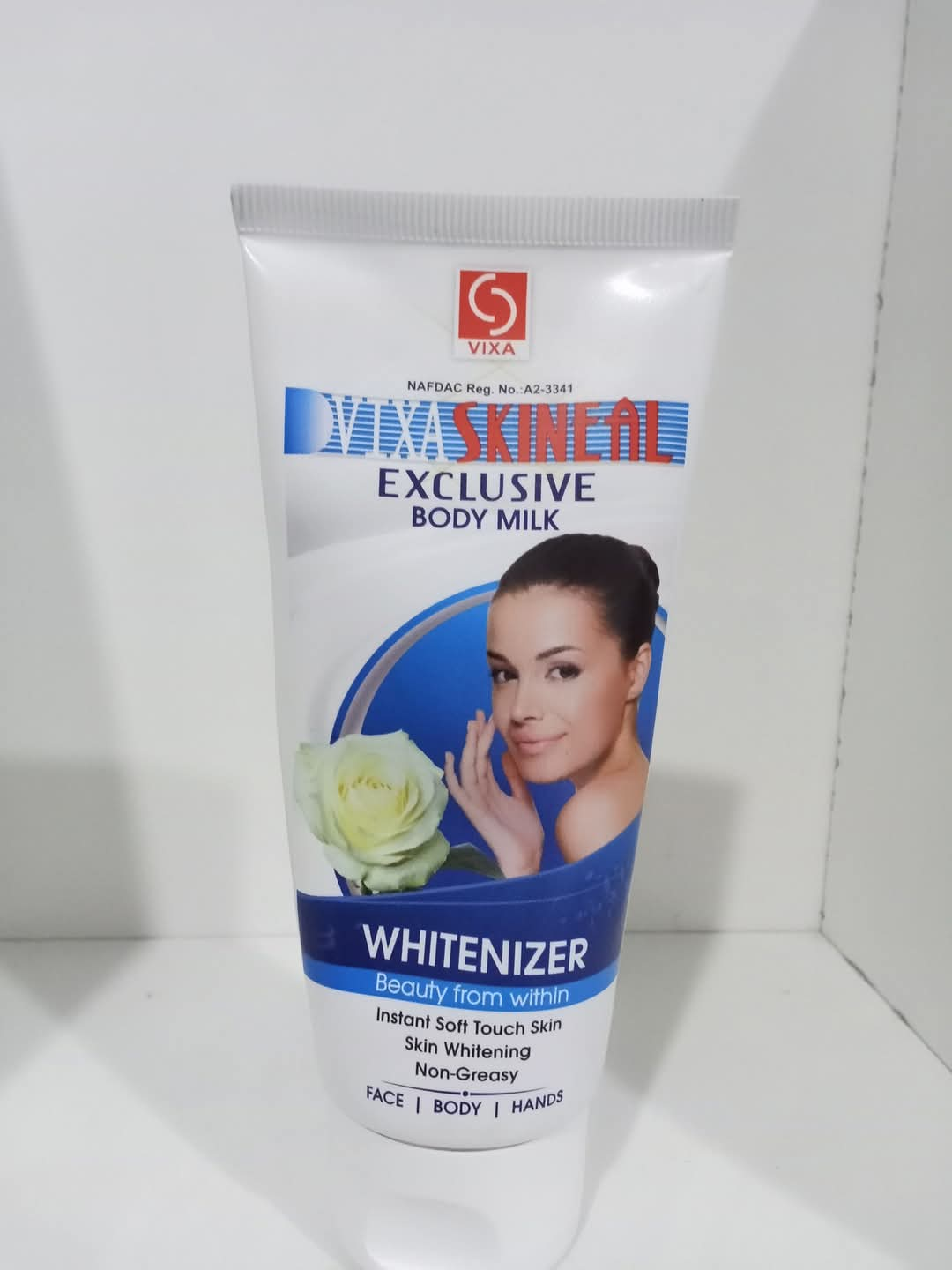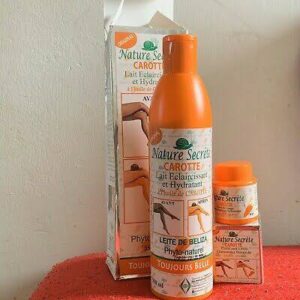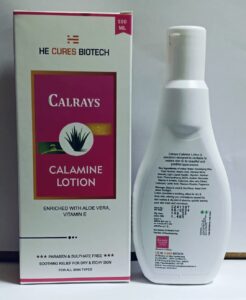Introduction
Skineal cream has become a household name in many regions, especially among individuals seeking relief from various skin conditions. Known for its antifungal and antibacterial properties, this cream promises to treat infections, rashes, and other dermatological issues. However, as with any topical medication, its use may come with potential side effects.
In this comprehensive guide, we’ll explore everything you need to know about Skineal cream, including its intended uses, potential side effects, and tips for safe application. Whether you’re considering using it for the first time or seeking clarity on its impact, this article will provide all the information you need to make an informed decision.
What is Skineal Cream?
Skineal cream is a topical antifungal medication commonly used to treat skin conditions like:
- Fungal infections (e.g., athlete’s foot, ringworm, and jock itch)
- Bacterial infections
- Eczema and dermatitis
- Itching and irritation
The active ingredients in Skineal cream include antifungal agents like ketoconazole, clotrimazole, or related compounds. These ingredients work by attacking the fungi or bacteria responsible for skin infections, providing relief from symptoms such as redness, swelling, and itching.
The Popularity of Skineal Cream
Why has Skineal cream become so widely used? Several factors contribute to its popularity:
- Effectiveness: Many users report rapid relief from symptoms after using Skineal cream.
- Availability: The cream is widely accessible in pharmacies and local stores.
- Affordability: Compared to other antifungal treatments, Skineal cream is often more budget-friendly.
- Versatility: It is marketed as a solution for a wide range of skin problems, which appeals to many consumers.
However, its widespread use has also raised concerns about misuse, overuse, and the lack of proper medical guidance in some cases.
Common Skineal Cream Side Effects
While Skineal cream is generally considered safe when used as directed, it may cause side effects in certain individuals. Here are the most commonly reported issues:
1. Skin Irritation
Some users may experience redness, itching, or burning sensations at the site of application. This could be due to sensitivity to the active ingredients.
2. Allergic Reactions
Allergic reactions can range from mild rashes to severe swelling (angioedema). Symptoms to watch for include:
- Hives
- Difficulty breathing
- Severe redness or blistering
3. Skin Thinning (Atrophy)
Prolonged use of Skineal cream, especially on sensitive areas like the face, can lead to skin thinning. This condition may result in:
- Visible veins
- Easy bruising
- Increased sensitivity to sunlight
4. Hormonal Imbalance
Some users have reported hormonal side effects such as acne, changes in skin texture, or dark patches (hyperpigmentation). These effects may occur due to the cream’s steroid components if misused.
5. Increased Risk of Infections
Ironically, overuse of Skineal cream can weaken the skin’s natural defense mechanisms, making it more prone to infections over time.
Who Should Avoid Using Skineal Cream?
Certain individuals should avoid using Skineal cream or consult a healthcare provider before starting treatment. These include:
- Pregnant or breastfeeding women: The safety of Skineal cream during pregnancy or lactation has not been fully established.
- Individuals with known allergies: Anyone allergic to the ingredients in the cream should steer clear of it.
- Children under 12 years old: Unless prescribed by a doctor, the use of Skineal cream in children should be avoided.
Tips for Safe Use of Skineal Cream
To minimize side effects and maximize effectiveness, follow these guidelines:
- Consult a Doctor: Always seek medical advice before starting treatment, especially for severe or persistent skin conditions.
- Use Sparingly: Apply a thin layer of the cream to the affected area, as directed by the product label or your doctor.
- Avoid Prolonged Use: Do not use Skineal cream for extended periods without medical supervision.
- Conduct a Patch Test: Apply a small amount of the cream to a discreet area of skin and wait 24 hours to check for any adverse reactions.
- Store Properly: Keep the cream in a cool, dry place, away from direct sunlight.
Frequently Asked Questions (FAQ)
1. Can Skineal cream lighten skin?
Skineal cream is not designed for skin lightening. However, improper or prolonged use may cause discoloration or uneven skin tone.
2. How long should I use Skineal cream?
The duration of use depends on the condition being treated. Generally, it should not be used for more than two weeks without consulting a doctor.
3. Can I use Skineal cream on my face?
It is not recommended to use Skineal cream on sensitive areas like the face unless specifically advised by a healthcare provider.
4. What should I do if I experience side effects?
Stop using the cream immediately and consult a doctor. Severe reactions may require medical attention.
You can see people’s review on this social media post “Facebook”
Conclusion
Skineal cream can be an effective solution for various skin conditions when used appropriately. However, it is essential to understand its potential side effects and use it with caution. Always consult a healthcare provider for proper guidance, and avoid self-medicating to prevent complications.
If you found this guide helpful, share it with others or leave a comment below with your thoughts or questions!



